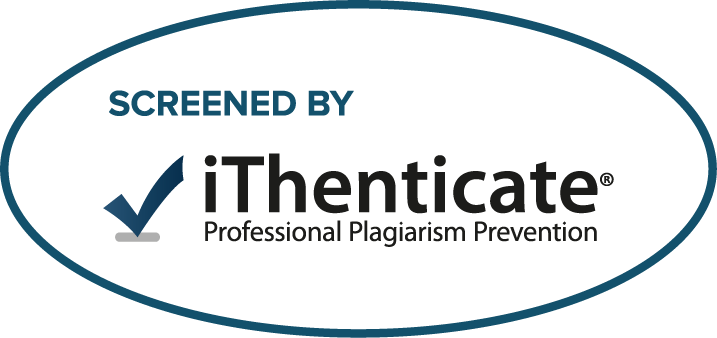Second Language Acquisition Research Findings from Theory to Practice
Keywords:
pedagogical practices, Second Language Learners, learning strategies, empowering learners, action planAbstract
Effective Instructional practices can provide students the support in learning the
language. Bridging the gap between theory and practice in language teaching has
been a compelling and strenuous task; and how do the language teachers go about
closing the gap? To answer this question, this study identified the integration of
instructional practices of the language to second language learners from theory to
practice as essential. Behavioral Learning Theory (Brown, 1994; Gass & Selinker,
1994; Skinner, 1957) and Self- Determination Theory (Ryan & Deci, 2000)
contribute to learning the language. Teaching the breadth and depth of vocabulary,
building reading comprehension and writing skills with certain strategies and
providing language using models and integration of all the skills can aid to the
teaching and learning of the targeted language (Cobb, 2004 & Cohen, 2010;
Freeman& Freeman, 2009; Sherris, 2008). This theoretical paper further explored
the advantages and disadvantages of pedagogical practices and theories as well as
the action plan for the language. In addition, this paper demonstrated the research
findings for practical applications with regard to selection of appropriate materials
for teaching and teachers getting engaged and motivated in the teaching materials.
Downloads
Downloads
Published
How to Cite
Issue
Section
License
Copyright © 2024 ISC Committee.















